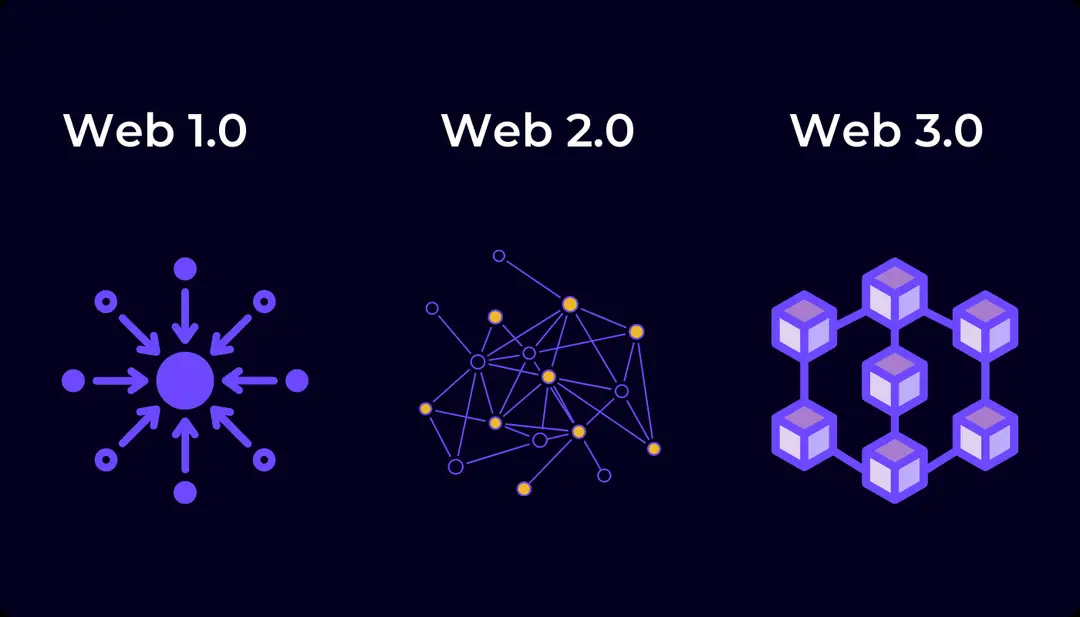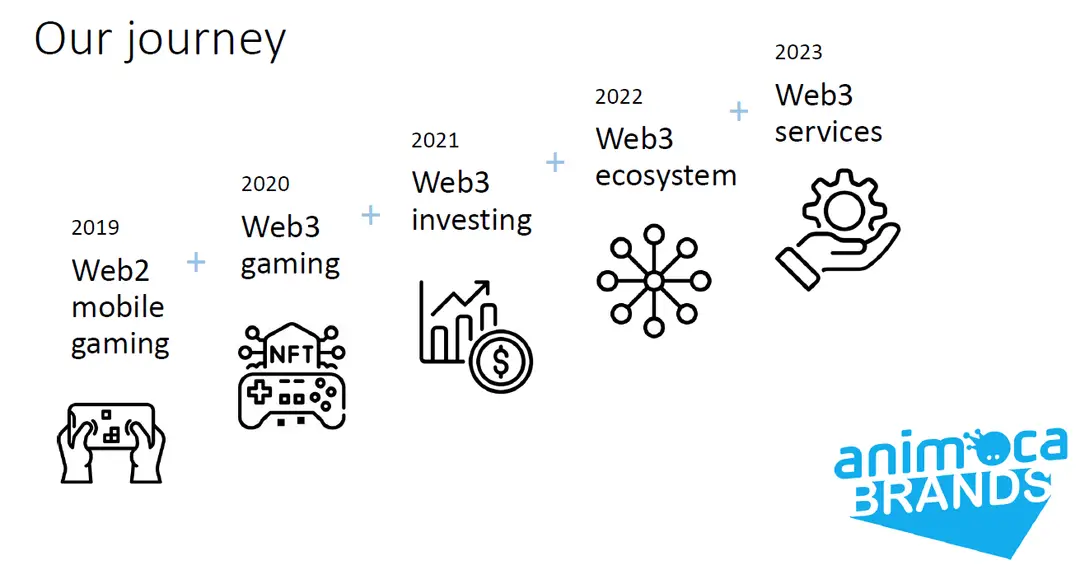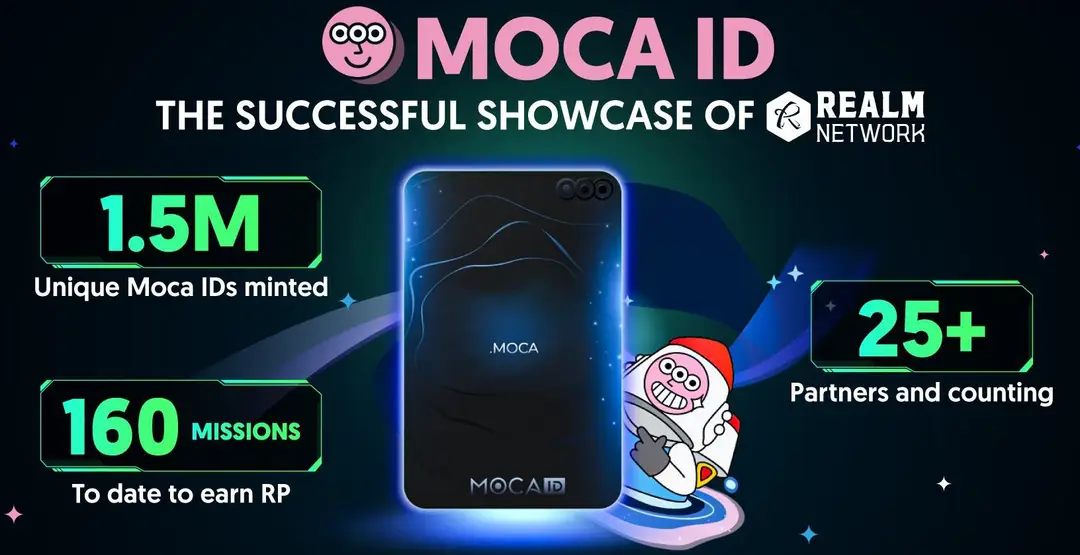NTU I&E x HackQuest MOOC is free and open to all individuals interested in Web3. The MOOC is led by top voices in crypto including Yat Siu (Co-founder, Animoca), Ed Felten (Co-founder, Offchain Labs), Sergey Gorbunov (Co-founder, Axelar), Scott Moore (Co-founder, Gitcoin), Haider Rafique (CMO, OKX), Austin Griffith (Developer Onboarding, Ethereum Foundation), Anna Yuan (Stablecoins Lead, Solana Foundation), and many more. For those who prefer having a text summary and review material, this study note provides a recap of what’s covered during the MOOC. Happy learning!
Main Topic: Understanding the latest innovations and applications in the Web3 ecosystem.
Objectives:
Definition: Web3 is the next evolution of the internet, emphasizing decentralization, blockchain technology, and token-based economics.



A: My involvement in the first wave of NFTs, combined with my background at Tencent and WeChat, made me realize the transformative power of Web3. At Tencent, I received several pitches related to blockchain, but the technology was still immature. By 2019, I saw significant potential in Web3 and helped some artist friends launch NFT projects. This experience convinced me not to miss the Web3 revolution. Animoca Brands, with its global presence and mission to tokenize culture, aligned perfectly with my interests and made it a compelling choice for me.
A: Story Protocol aims to tokenize IP (intellectual property) and create programmable IP Legos, similar to what Chorus AI is doing in the music space. The idea is to build a playground or ecosystem where various IPs can interact and collaborate. The founder is a serial entrepreneur and an alum of mine from Oxford. Story Protocol's approach to creating a programmable IP ecosystem is powerful and has great potential. Success will depend on attracting creators and bringing valuable IPs into the ecosystem.
A: The industry still faces challenges in verifying authenticity and avoiding counterfeit items. It is easy for someone to create similar-looking NFTs or tokens, making it hard to distinguish between authentic and fake ones. Trusted authorities and validation systems are necessary but not fully developed. The industry has room to improve in this area, and people need to be cautious and identify trusted sources for validation.
A: The landscape has changed significantly, offering more options beyond just Ethereum and Solana. For gaming, Immutable is a good choice, while other chains like Base offer different advantages. LayerZero's OFT standard allows for easier cross-chain integration, enabling projects to operate across multiple chains. However, it's important to build liquidity pools and communities on chosen chains. While multi-chain solutions are becoming more feasible, initial efforts should focus on establishing a strong community and investor base on a primary chain.
A: Besides games, Animoca is focusing on several sectors. The ecosystem of TORN Telegram, with its 900 million users, offers significant opportunities similar to WeChat's ecosystem. They have released a mini program platform that simplifies development. We are also interested in Deepin, which combines infrastructure and AI. Bitcoin L2 and restaking protocols are another area of focus, as there is a lot of idle Bitcoin that could generate yield through new products. Overall, we see great potential in these areas and are actively exploring them.
A: I would build something consumer-friendly in Ton, an ecosystem that still has room for good apps. Developing a mini game would be ideal, especially since Ton has launched a mini app program similar to WeChat's mini programs, making development easier. It's important to focus on areas with growth potential and where you can acquire users.
A: Stepin and Axie were pioneers in the play-to-earn model, introducing the concept of tokenomics. However, their tokenomics didn't balance, leading to inflation and devaluation. People left the ecosystem as the tokens became worthless. Newer games are learning from these mistakes, being more cautious about token emission and vesting schedules. These hard lessons have led to more sustainable approaches in game tokenomics.
A: We look for agile and experienced founders who can pivot if necessary. We focus on macro trends and promising sectors like TORN Telegram, AI, Bitcoin L2, and Deepin. It's important to identify sectors ready for Web3 and to find founders who can navigate the rapidly changing landscape. Our approach involves a combination of macro analysis and identifying strong, adaptable founders.
A: Web3 education is broad, covering how to open wallets, buy coins, and understand Web3 technology. It also includes child education, adult education in universities, and vocational training for low-income countries. CZ from Binance emphasizes education to develop skills in low-income regions, enabling people to perform tasks that support AI and other technologies. Web3 education encompasses various areas, providing different types of learning opportunities to equip people with the skills needed to thrive in the Web3 ecosystem.
A: Yes, Animoca has an internship program every year. Interested candidates should send their resume and explain why they want to join and what value they can bring. We welcome interns and value the contributions they can make to our projects.
A: Fully on-chain games are a niche sector. While they offer innovation in tracking and fairness, they don't address the most critical issues in blockchain games, such as user acquisition and creating engaging content. The broader industry needs solutions that attract and retain users. Fully on-chain games may appeal to a specific audience, but they are not the primary solution to the industry's challenges.